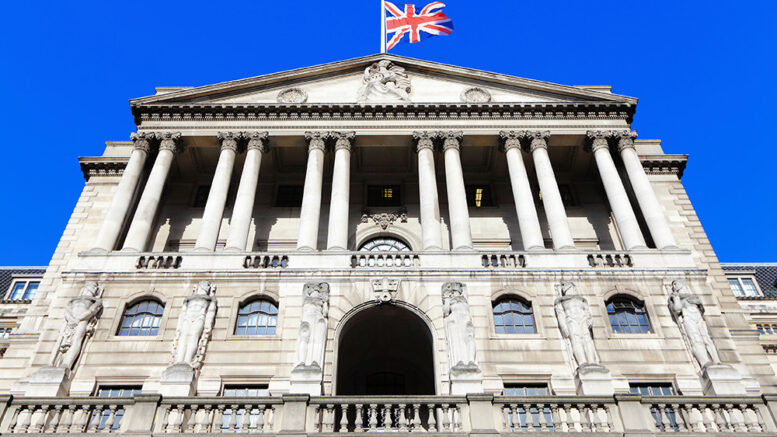Interest rates in the UK could fall to 2.5% by late 2027, significantly below the 3.75% market consensus, according to Oxford Economics, a leading economic research firm. The projection suggests the Bank of England may reduce interest rates at a faster pace than financial markets currently expect, driven by structural economic factors.
The market anticipates that rates will stabilise at 3.75% by the end of 2025, creating a “new normal.” However, Oxford Economics foresees a continuation of downward momentum through 2026 and 2027, attributing the trend to lower-than-expected inflation and demographic shifts.
Andrew Goodwin, chief UK economist at Oxford Economics, explained: “Over the longer term, the level of interest rates tends to be determined by structural factors, such as demographics and productivity growth. Before the pandemic, interest rates were very low largely because the population was ageing and productivity growth was very weak.”
He added: “Once the bout of high inflation has passed, we expect these structural factors to reassert themselves. The drag from demographics is likely to be similar over the coming decade to the pre-pandemic period.”
Implications for fixed-rate mortgages
A drop to 2.5% could have significant implications for the mortgage market, particularly fixed-rate products. However, Goodwin cautioned against expecting immediate relief for borrowers.
“A lower Bank of England policy rate should eventually translate into lower mortgage rates for UK homeowners, but not just yet,” he said. “Financial markets think that the bank rate will settle at a much higher level than Oxford Economics anticipates, and – if we’re right – markets are likely to take some time to come around to our way of thinking. It’s likely to be a couple of years before mortgage rates drop back below 4%.”
For landlords, this means the current period of elevated mortgage rates could persist in the short term, requiring careful financial planning. However, the long-term outlook appears more favourable, offering potential opportunities to secure better financing terms as rates decline.
Structural factors driving the trend
Oxford Economics attributes the anticipated rate reductions to broader structural factors, including demographic trends and sluggish productivity growth. Goodwin noted that while technological advancements like artificial intelligence could provide a modest boost to productivity, they are unlikely to restore the stronger growth rates seen before the 2008 financial crisis.
The think tank’s latest projection of a 2.5% rate by 2027 is slightly higher than its previous forecast of 2%, reflecting ongoing adjustments to economic modelling.
What this means for landlords and investors
For landlords, the potential decline in interest rates offers a mixed outlook. While mortgage rates are unlikely to fall immediately, the prospect of lower rates by 2027 could make long-term investments more appealing.
The projection also raises broader questions about how landlords can adapt to the changing economic environment. Will falling rates stimulate further investment in the rental market, or will regulatory challenges continue to weigh heavily on landlord confidence?



